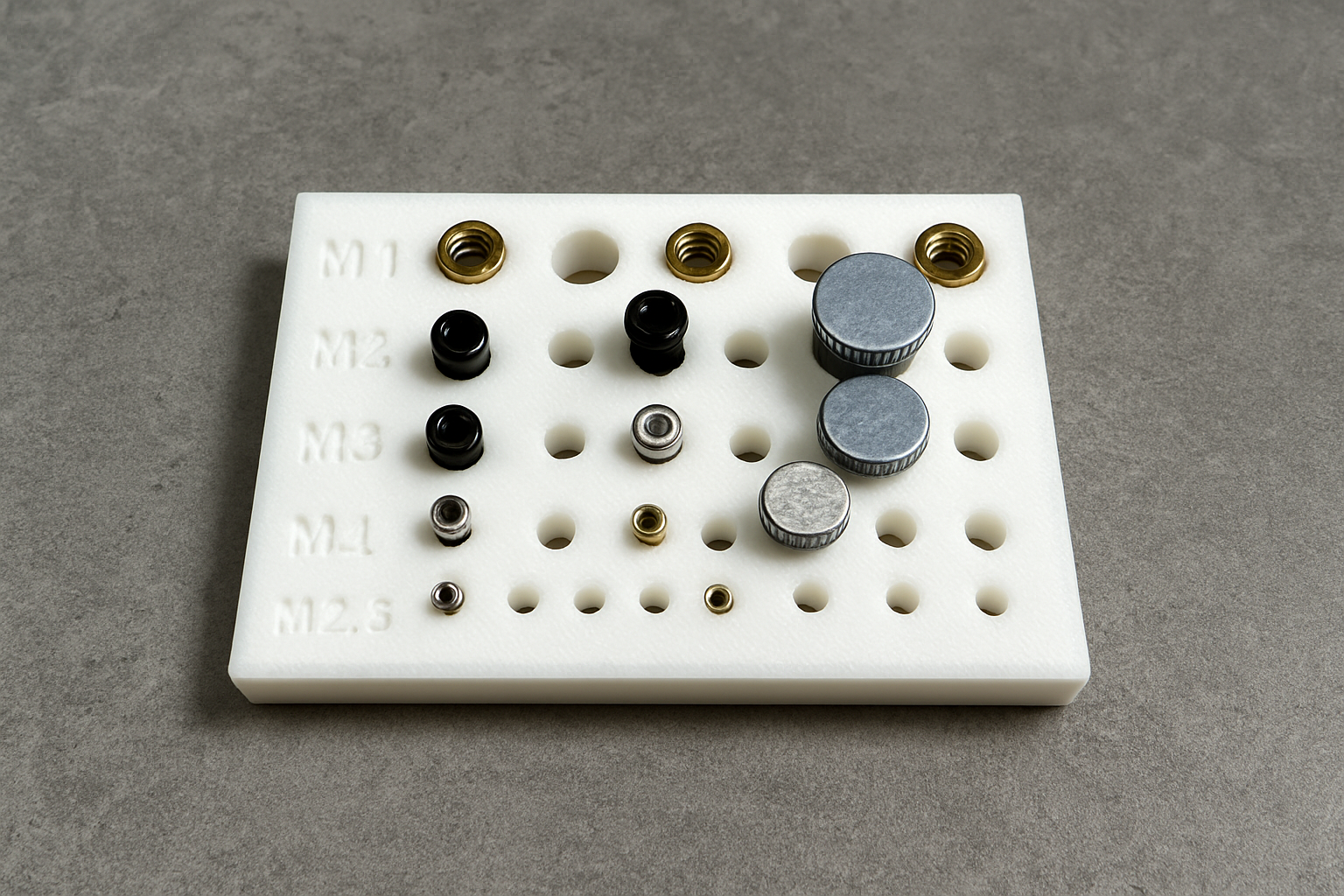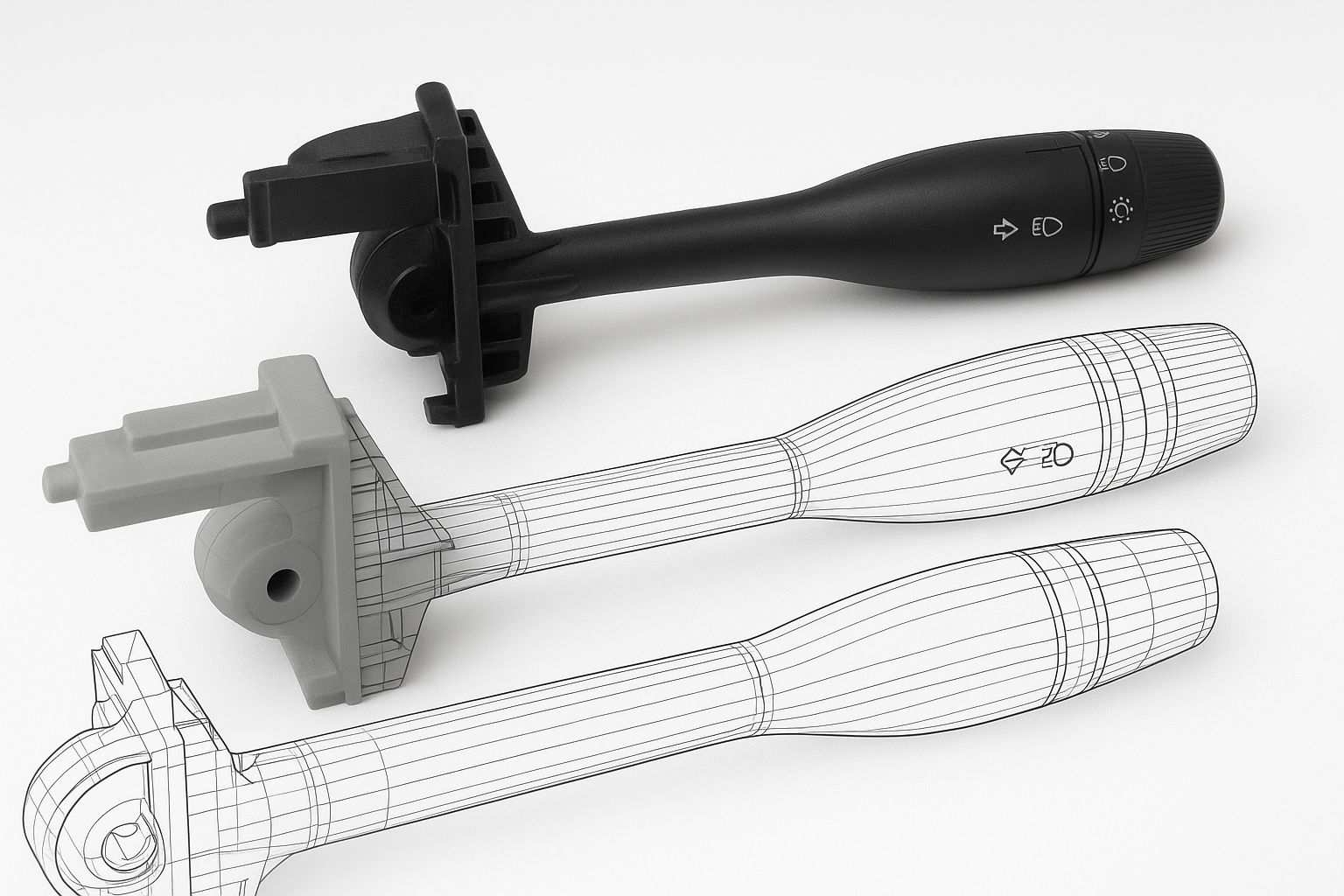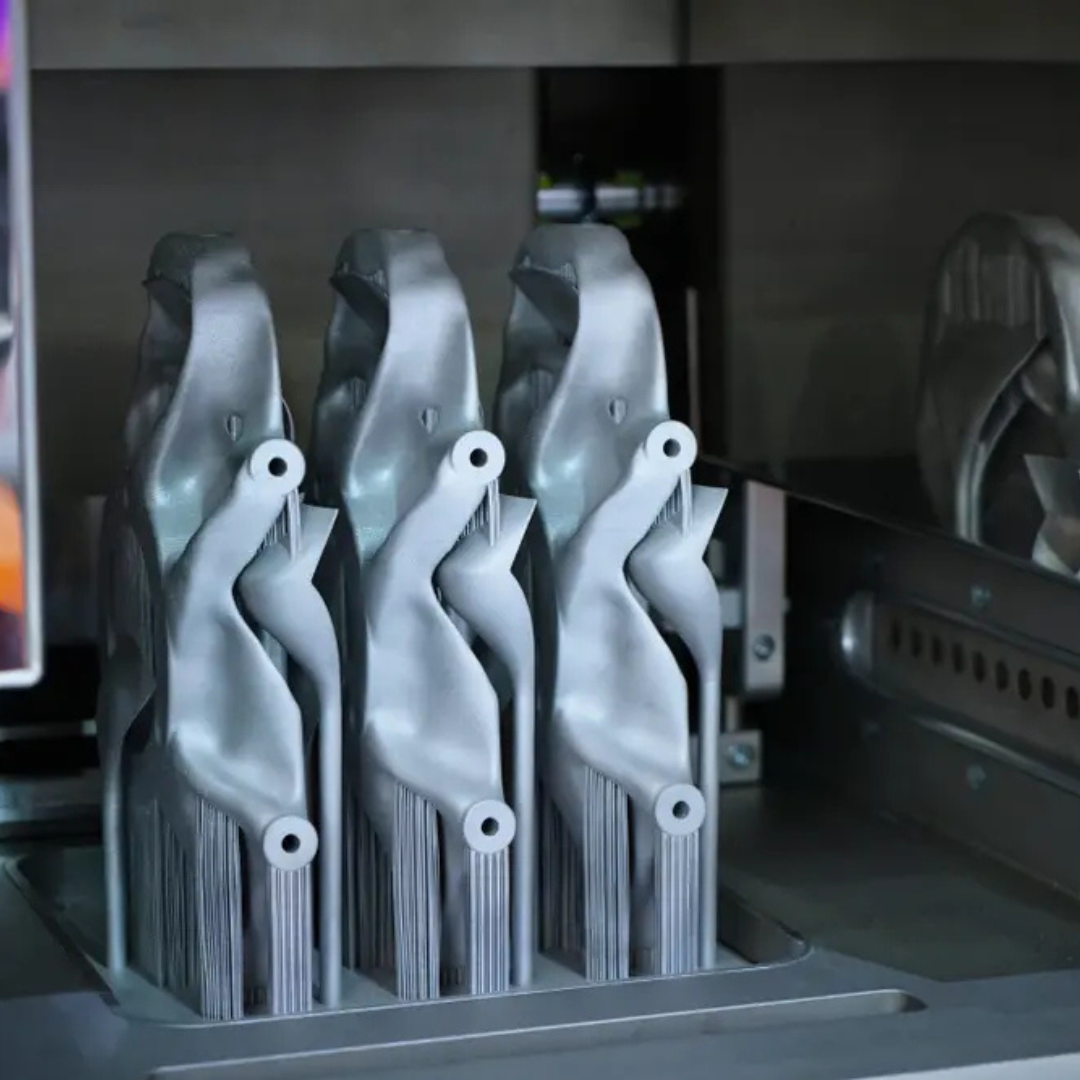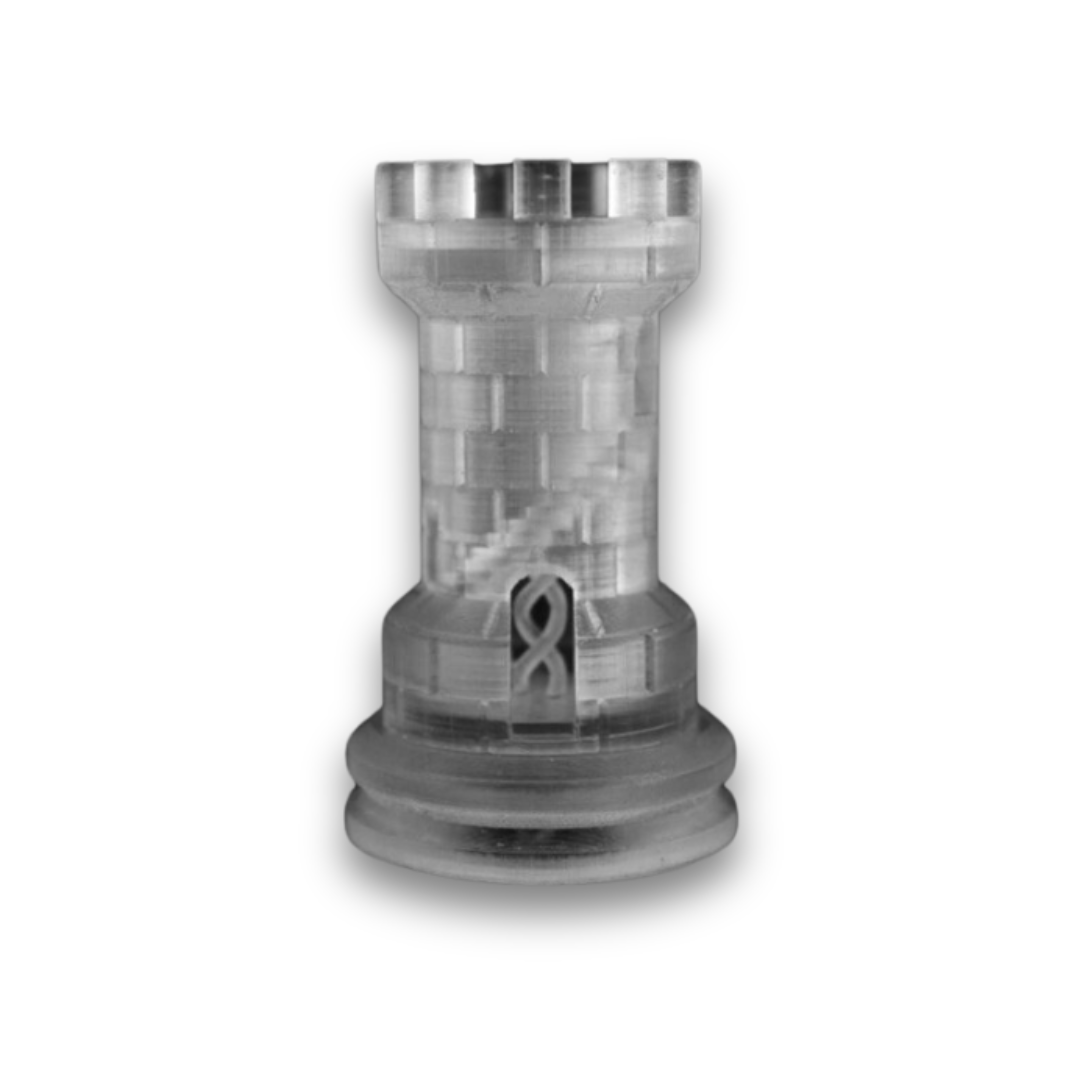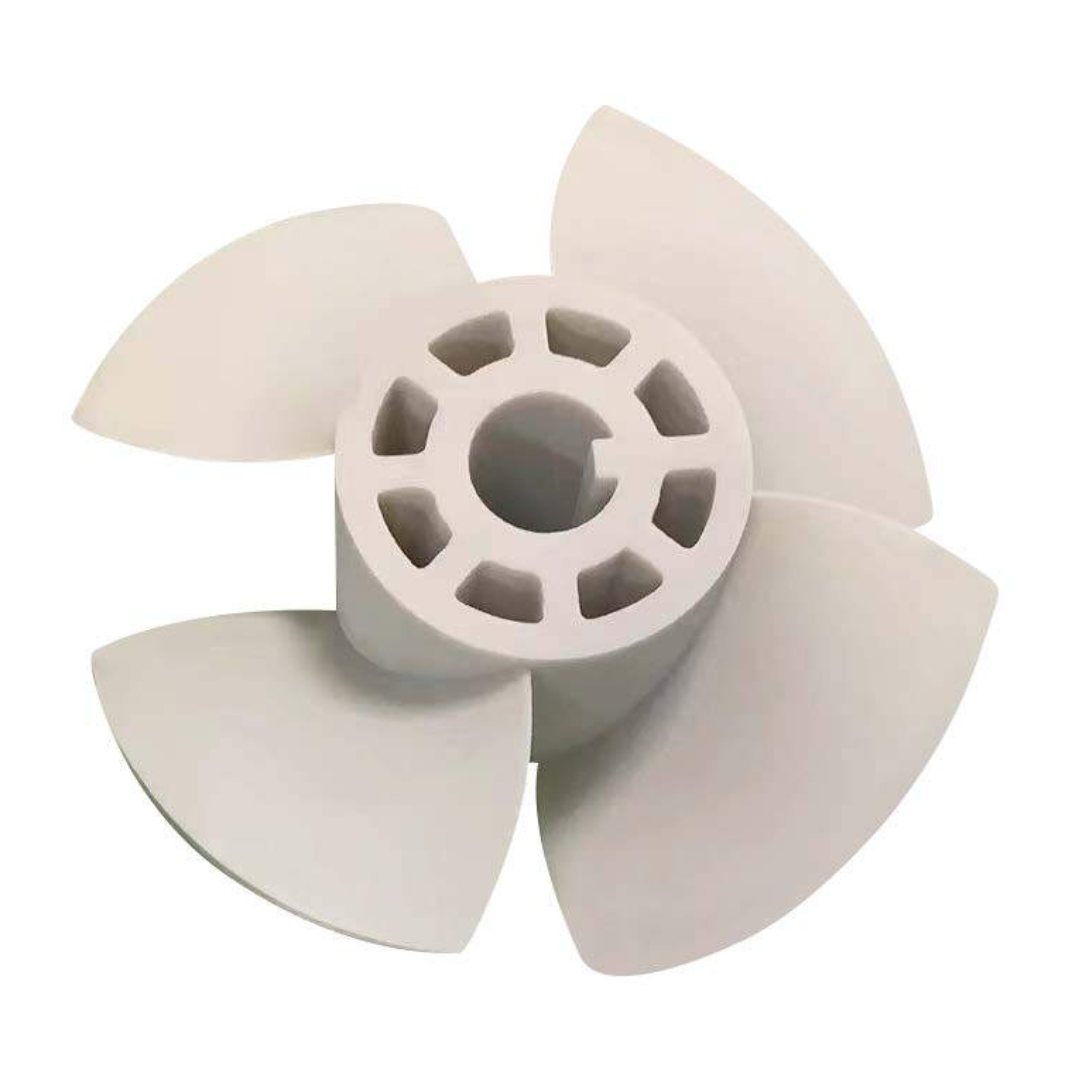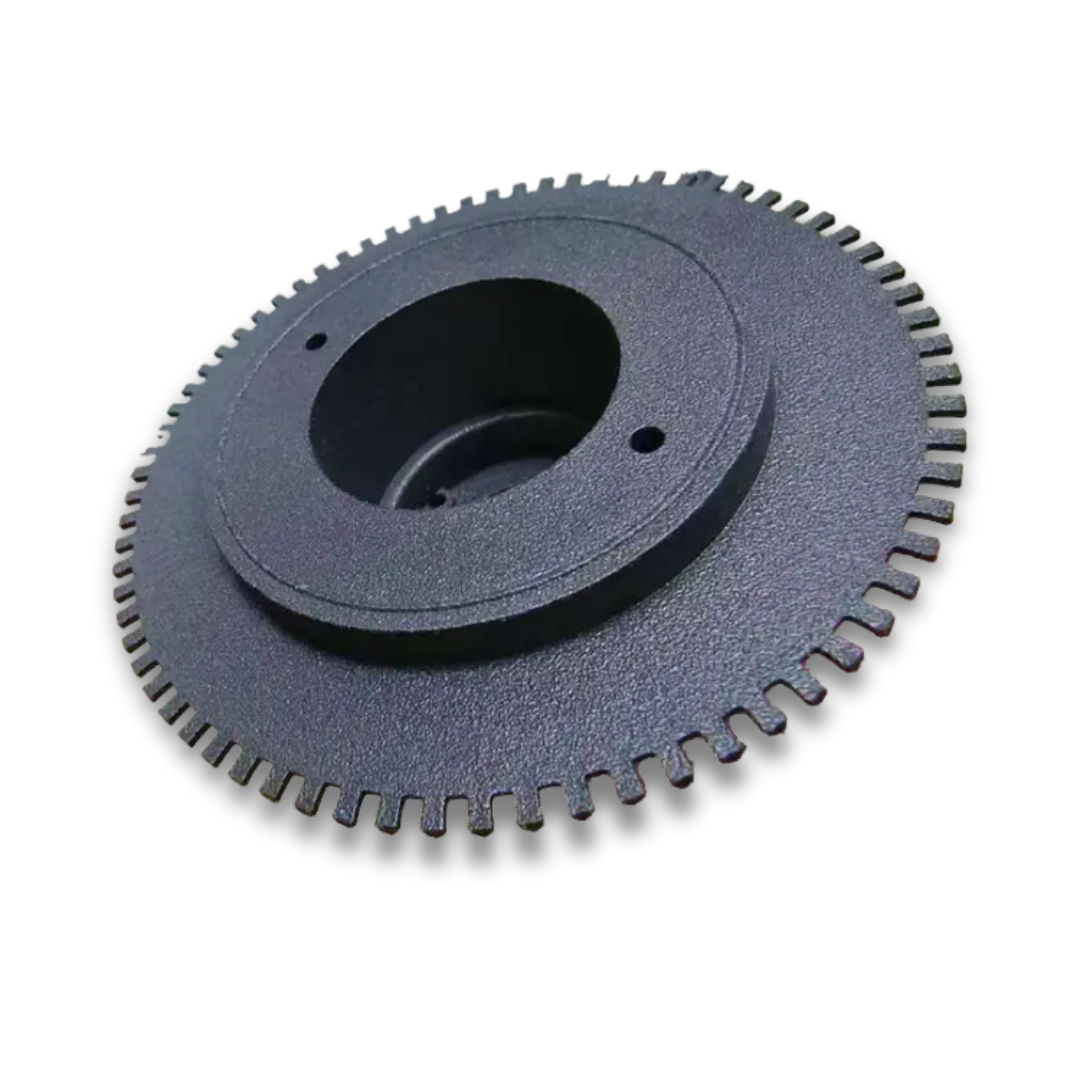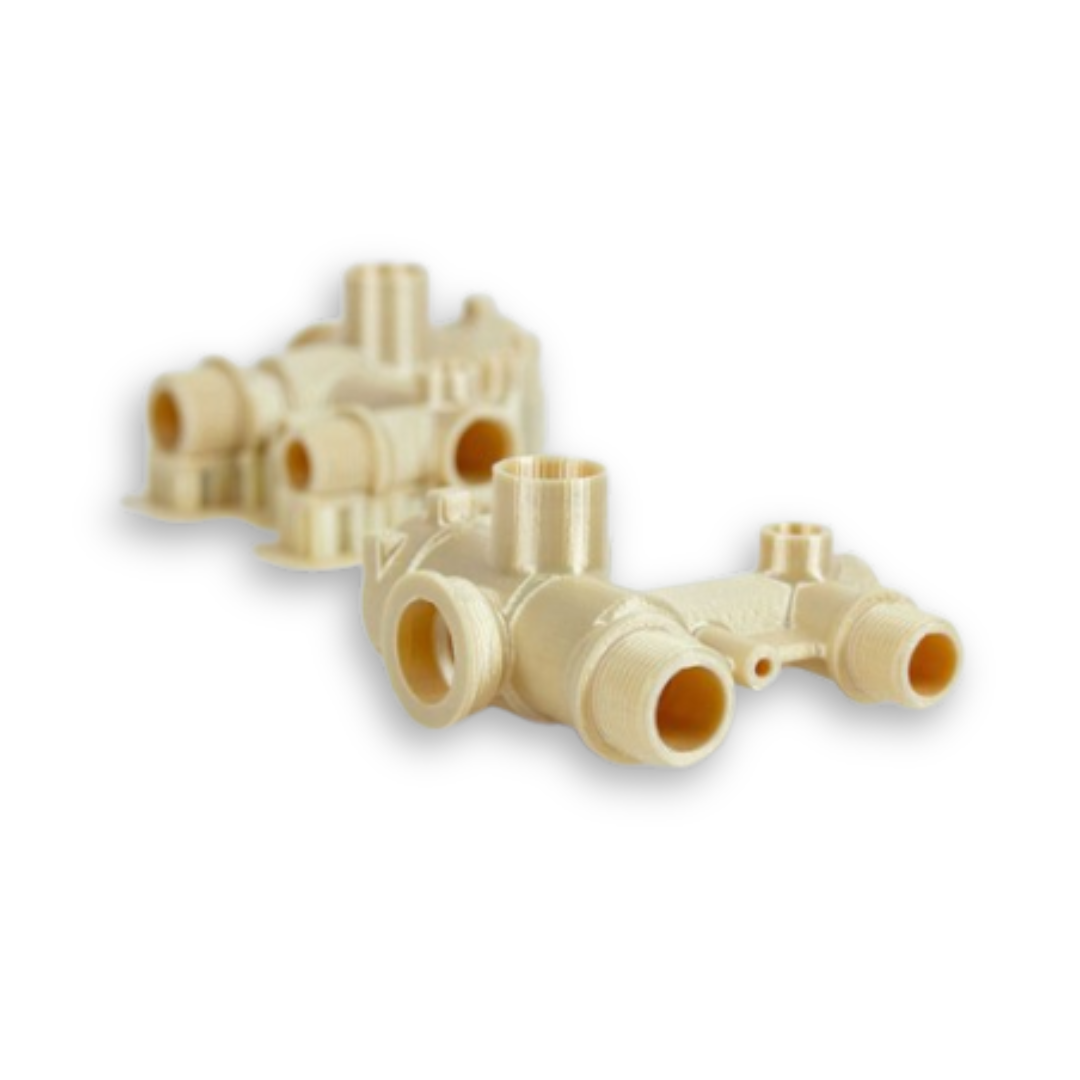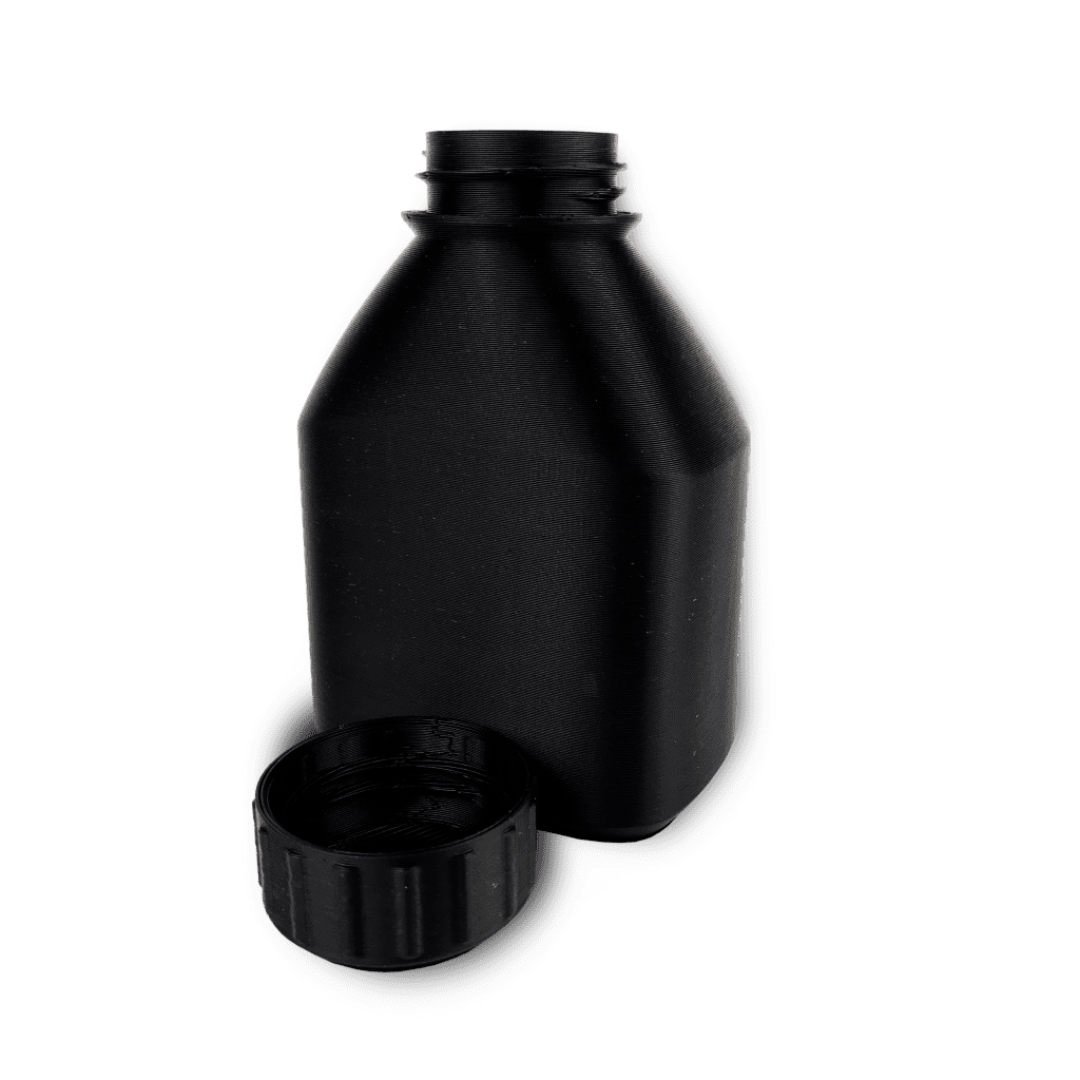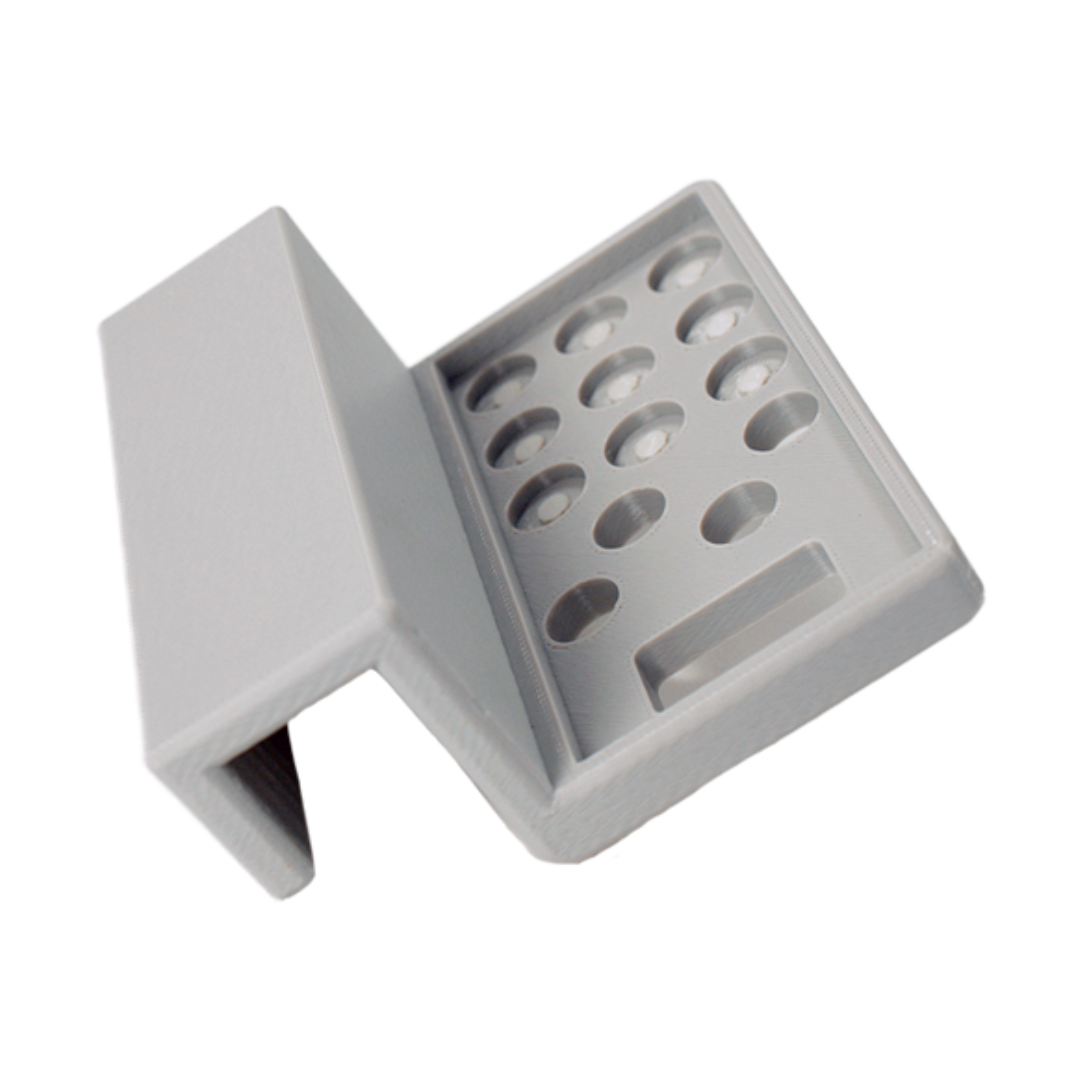3D printing, also known as additive manufacturing, has transformed from a cost-effective way to quickly create tools and prototypes into a powerful solution for solving complex engineering challenges. Thanks to the increased design flexibility of 3D printing, manufacturers can now produce innovative products with improved functionality and durability. At the same time, this technology helps reduce waste, costs, and production times.
Today, 3D printing plays a key role in promoting sustainable manufacturing. By reducing material waste and enabling efficient production methods, it helps minimize the environmental impact of industrial processes. Manufacturing alone contributes to 12% of global greenhouse gas emissions, according to the Center for Climate and Energy Solutions. Additive manufacturing offers a promising path toward creating eco-friendly products and reducing the carbon footprint of industries worldwide.
What is Additive Manufacturing (3D Printing)?
Additive manufacturing (AM), better known as 3D printing, is an innovative process that builds objects by adding material layer by layer, guided by a digital 3D model. In industrial settings, AM typically focuses on tasks like creating tooling and fixtures, validating designs through prototypes, and producing small batches of functional parts.
How Does Additive Manufacturing Differ from Traditional Methods?
Unlike traditional manufacturing methods, such as machining, which involve removing material from a larger block to create the desired shape (a process called subtractive manufacturing), additive manufacturing adds only the material needed. While subtractive methods have been the backbone of manufacturing for decades, they come with notable environmental drawbacks.
Traditional techniques often consume large amounts of energy, produce significant waste, and emit substantial greenhouse gases. These factors together amplify the carbon footprint of manufacturing processes, making sustainability a growing concern for the industry.
Environmental Impact
Waste Reduction
- Traditional manufacturing methods, like subtractive manufacturing, often cut away excess material to shape a product. This process usually results in a lot of waste. On the other hand, 3D printing works differently. It builds products layer by layer, adding only the material needed. By using just the right amount, 3D printing reduces waste and promotes better use of resources.
Material Innovation
Many 3D printing techniques now use recyclable or biodegradable materials, which helps reduce the dependence on non-renewable resources. Furthermore, the development of sustainable materials like bio-based polymers and recycled composites is playing a key role in minimizing the environmental impact of production. These advancements make 3D printing more eco-friendly and contribute to a greener future.
By focusing on innovative, sustainable materials, the industry is improving both the efficiency and environmental footprint of manufacturing processes.
Localized Production
- 3D printing makes on-demand manufacturing and localized production possible. As a result, it reduces the reliance on global supply chains. This shift helps cut down transportation emissions and eliminates many logistical inefficiencies. In essence, it leads to a more sustainable and efficient production process, benefiting both the environment and businesses.
Energy Efficiency
- Additive manufacturing can often require less energy compared to traditional methods, particularly when creating complex or lightweight designs that would otherwise necessitate energy-intensive processes.
Social Contributions
Customization and Inclusivity
- 3D printing allows the creation of personalized solutions, ranging from medical devices to adaptive tools. This technology enhances accessibility and promotes inclusivity, especially for underserved communities.
Job Creation in Emerging Markets
- Decentralized manufacturing enables companies to establish micro-factories in underserved areas. This approach creates job opportunities, supports local businesses, and strengthens regional economies.
Skill Development
- The rapid growth of 3D printing technologies is creating a strong demand for skilled workers in fields like design, engineering, and machine operation. As a result, many companies are focusing on training programs and upskilling initiatives to prepare their workforce for these evolving roles.
Governance and Innovation
Transparency and Traceability
- Digital manufacturing processes generate a seamless digital thread, which allows for accurate tracking of material usage, production activities, and energy consumption. This not only boosts accountability but also simplifies compliance with ESG (Environmental, Social, and Governance) reporting standards.
Innovation in Circular Economy
- 3D printing plays a crucial role in advancing closed-loop manufacturing. It allows businesses to design products that can be easily disassembled and recycled, perfectly aligning with the core principles of the circular economy. By supporting sustainable production methods, 3D printing helps reduce waste and promotes the reuse of materials, making it a key driver of eco-friendly innovation.
Cost Savings with Ethical Practices
- By using 3D printing, companies can significantly reduce expenses. These savings can then be reinvested in ethical and sustainable initiatives, enabling businesses to support responsible practices without affecting their financial stability.
Case Studies and Real-World Impact
Leading companies such as General Electric (GE) and Adidas are already harnessing the power of 3D printing to meet their Environmental, Social, and Governance (ESG) goals. For example, GE uses additive manufacturing to create fuel-efficient jet engines, significantly cutting down on emissions. Similarly, Adidas incorporates 3D printing in the production of its Futurecraft sneakers, effectively minimizing material waste and energy consumption.
By reimagining traditional manufacturing processes with 3D printing, businesses can foster innovation, lower their environmental footprint, and create sustainable, socially responsible products. As stakeholder expectations evolve, adopting cutting-edge technologies like 3D printing is set to become a critical pillar of effective ESG strategies.
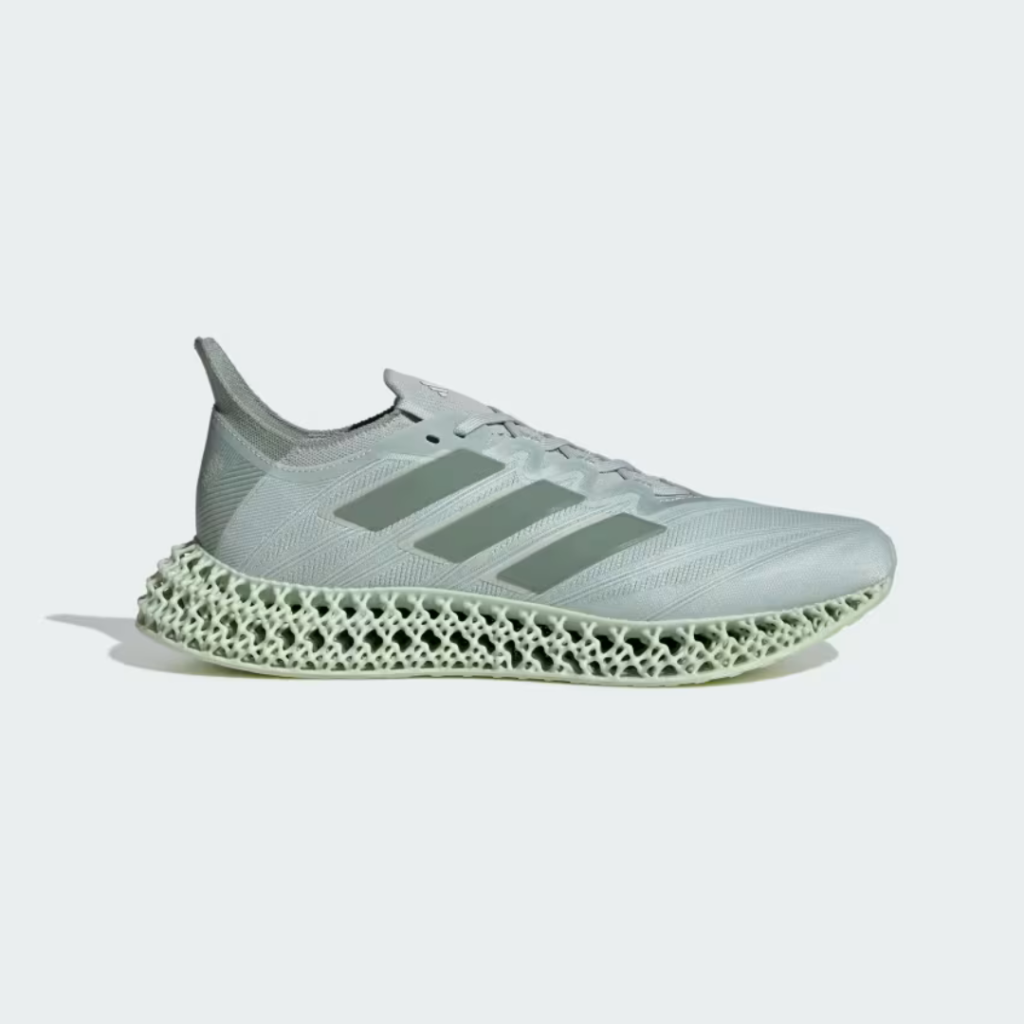
Collaborate with 3D printing bureau to choose the best material and optimize build orientation for your project’s needs. Explore our 3D Printing Materials Guide to learn about various plastic and metal materials across technologies.
Discover more about additive manufacturing at projet.my. For assistance, reach out to our applications engineer at enquiry@projettech.com or +604-2858 335.



